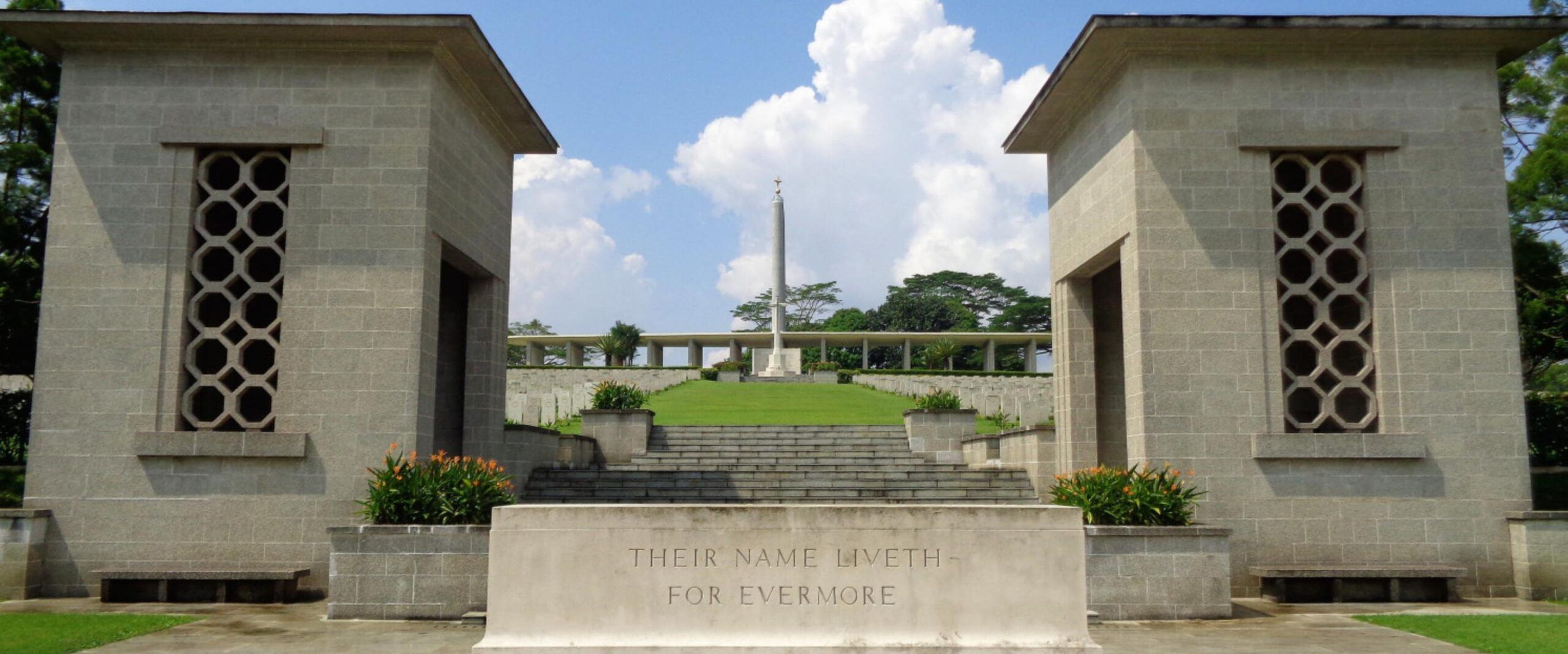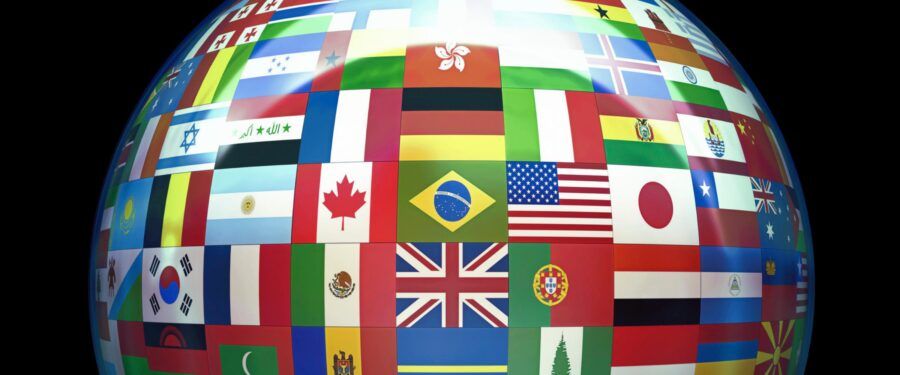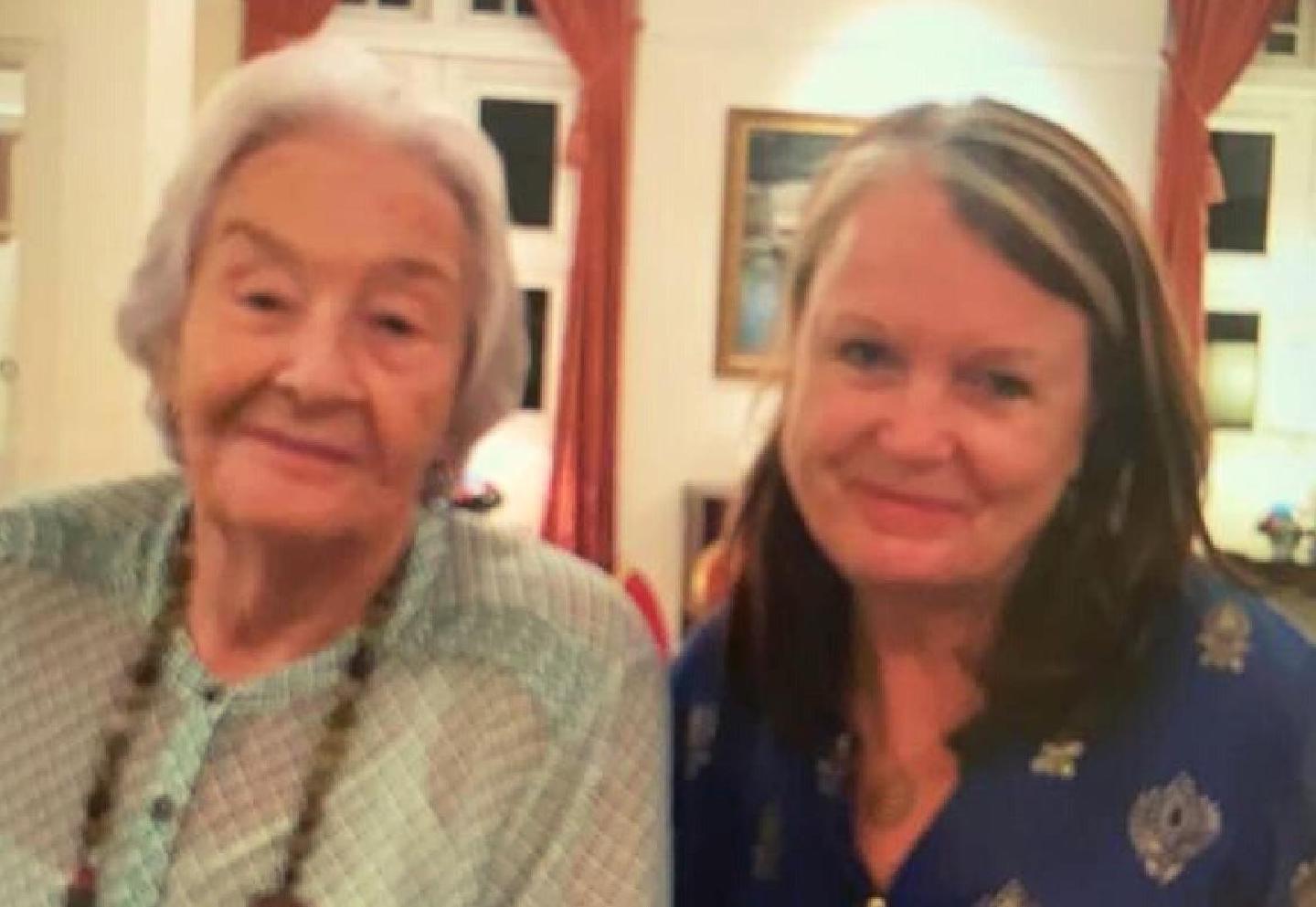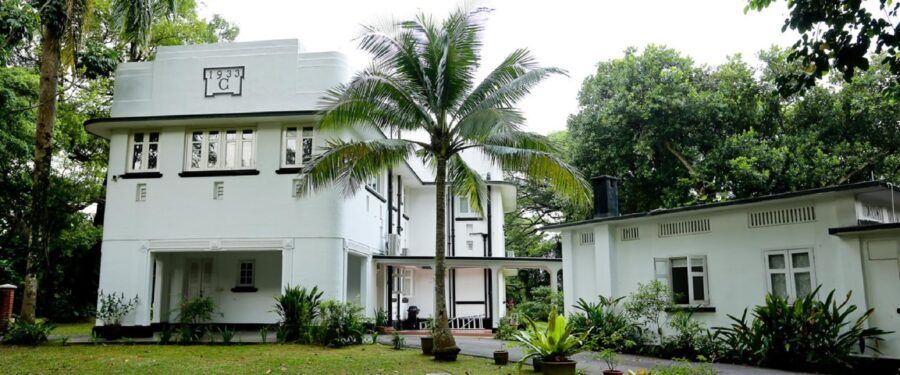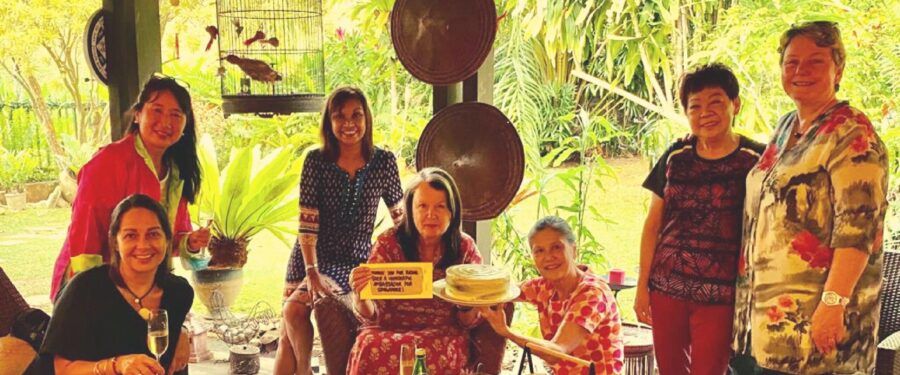Singapore has more layers to its history than many people realise. It’s a nuanced, page-turning story of settlement, immigration, and occupation. A British settlement from 1819 until 1867, then a colony until 1963, the WWII years were an especially harrowing part of the Singapore narrative,” says Jane Iyer, of Jane’s SG Tours.
Although WWII ended more than 75 years ago, the memories have left their mark on the collective heart and soul of Singapore. And the relics that remain, from military barracks to pillboxes, British-built bungalows, and murals and calendars etched by desperate POWS, are reminders of those challenging years.
“Most Singaporeans will know something about WWII and the Japanese occupation due to family stories, while many expats possess only scanty knowledge of Singapore’s war years,” Jane continues.
It’s a fascinating, yet heart breaking, period of the Singapore story, when the small island was at the intersection of the geopolitical forces sweeping across Europe, Southeast Asia, and Australasia.
There are memorials and small museums that mark the battles and mass executions that took place all across Singapore during WWII, from the Sook Ching massacres on Changi Beach (where there’s a small marker about the tragic event) to the heroic, but futile, last stand of the Malay Regiment on Bukit Chandu (at Kent Ridge Park).
For those with an interest in Singapore’s war years, Jane and her guides offer tours focused on the Japanese invasion and occupation of Singapore.
“Our tours are designed to explain the reasons behind the invasion, how it happened, and the impact of the Japanese occupation on both the European and local communities. The capitulation of Singapore has been described as the greatest military defeat in British history. In so many ways it marked the end of British colonial rule in Southeast Asia,” says Jane.
In addition to her knowledgeable guides, Jane’s tours often feature experts who share even more in-depth insights. For instance, one of Jane’s past guests was battlefield archaeologist and author Jon Cooper, who spent several stints in Singapore (the last, 2009-2016) digging and researching particularly around the Adam Park area, where intense fighting took place in the lead up to the Japanese occupation, and where POWs were later corralled. He wrote the book Tigers in the Park, which details life in the Adam Park during WWII, and he created the virtual museum, www.adamparkproject.com.
“Jon Cooper’s expertise, enthusiasm and energy have opened another part of the WWII dialogue, and have drawn young Singaporeans into wartime archaeology and also into collecting first-person accounts from survivors and their descendants,” Jane says.
The stories, books, photographs and letters of people who lived in mid-20th century Singapore inform the evocative narratives that Jane and her guides share on their tours.
“I especially appreciate the story of the Morrisons who lived in Adam Park before and after the occupation,” Jane says. They lived at 16 Adam Park before the war and returned to live there again for many years after. The father, Hugh, was captured and sent to work on the hellish Thai Burma Railroad, also known as the Death Railway, and was one of the lucky survivors who lived to tell the tale.
In September 2020, we marked the 75th anniversary of the Japanese surrender and end of WWII. The British resumed power in Singapore and things would never be the same.
The tide had turned in irreversible ways, as did the hearts and minds of people around the world—from Africa to Asia—who were finally ready to break free from the shackles of colonial rule.
“Calls for merdeka (independence) grew after 1945 and eventually led to Singapore gaining independence in stages from 1955 onwards, with Malaya becoming independent in 1957,” Jane says.
And the rest, they say, is history.
Take a look at Jane’s selection of military-related Singapore tours and events. They range from dedicated WW2 tours to trips north to Sembawang and Seletar to visits to colonial-era mansions and military sites built up around the former Naval Base and Royal Air Force Camp respectively. Or join us for a meander through the ex-military Black & White houses of Adam Park and Alexandra Park, or the former Tanglin Barracks (now known as Dempsey Hill). Or perhaps go further afield with a walk around the old forts at Fort Siloso and Labrador Park.

